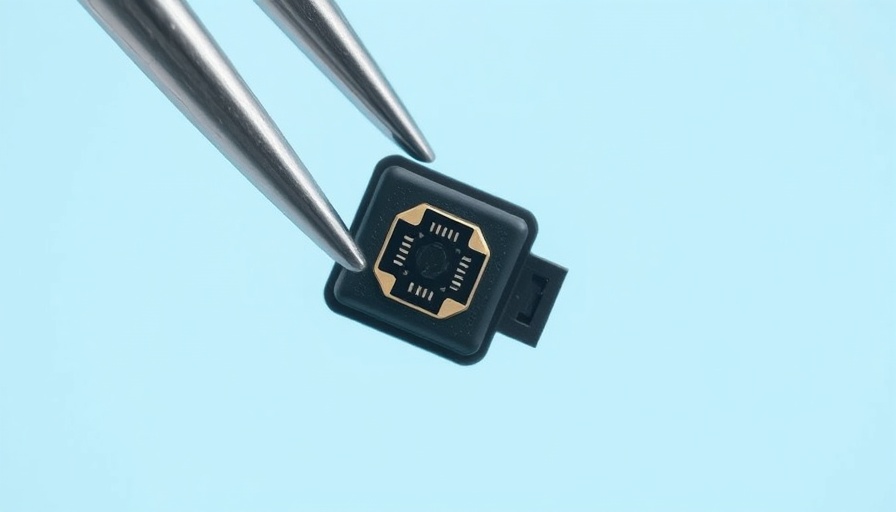
Revolutionizing Diabetes Management: A Breakthrough Implant
For individuals living with Type 1 diabetes, the risk of hypoglycemia—a condition where blood sugar levels drop dangerously low—is a persistent danger. This threat often becomes particularly acute during the night or for young children, who may not have the ability to recognize the symptoms. A solution designed to revolutionize how hypoglycemia is managed has emerged from researchers at MIT: a tiny implant that provides an automated response to low blood sugar levels.
How the Implant Works: Convenience and Safety
The ingenious design of this implant involves a small reservoir that contains glucagon, a hormone crucial for raising blood sugar levels. The device is capable of being triggered manually or automatically through an accompanying glucose monitor. When it detects low blood sugar, it releases the glucagon, effectively providing emergency treatment without the need for injections. This innovation aims not only to prevent the immediate risk of serious complications but also to reduce the anxiety faced by diabetics and their families.
Life-Saving Technology During Sleep
One of the most compelling advantages of the implant is its ability to operate while the user is asleep. For parents of diabetic children, this feature offers peace of mind that their child can receive prompt assistance in an emergency without relying on someone to administer the glucagon manually. As noted by Professor Daniel Anderson from MIT, this development is about creating an “always ready” device that alleviates the constant worry of hypoglycemia.
Expanding Beyond Diabetes: Future Applications
This innovative technology could serve purposes beyond diabetes management. The research team indicated that the device could also deliver emergency doses of epinephrine, a hormone critical for treating allergic reactions, particularly anaphylactic shock. This ability positions the implant not only as a safety net for diabetics but potentially as a versatile tool in emergency healthcare solutions.
Addressing the Hypoglycemia Crisis
Over 1.5 million Americans are affected by Type 1 diabetes, and managing hypoglycemia is a significant challenge in their daily lives. Currently, many individuals rely on preloaded syringes of glucagon, which can be cumbersome to carry and administer correctly. This innovative implant stands to simplify treatment protocols and enhance quality of life for patients.
The Psychological Impact: Less Stress, More Freedom
Beyond its physical benefits, the mental and emotional relief this implant may provide is equally important. The fear of low blood sugar can weigh heavily on patients and their caregivers, leading to anxiety that affects their overall well-being. With a reliable emergency solution at hand, many may experience newfound freedom and confidence in managing their condition.
Looking Ahead: A Healthier Future
As this technology advances, it could pave the way for other automated health management systems. Whether for diabetes or other health challenges, the ability to intervene automatically represents a major leap forward in treatment options. It’s part of a larger trend towards personalized medicine that emphasizes timely and condition-specific interventions.
Call to Action: Take Steps Toward Your Health
As we look towards the future of health technology, consider how innovative treatments might fit into your lifestyle or that of your loved ones. Stay informed about new advancements in health solutions and explore resources that can enhance overall wellness. Consult with healthcare professionals to discuss how the latest technologies could support better health outcomes for diabetes management and beyond.
 Add Element
Add Element  Add Row
Add Row 



Write A Comment